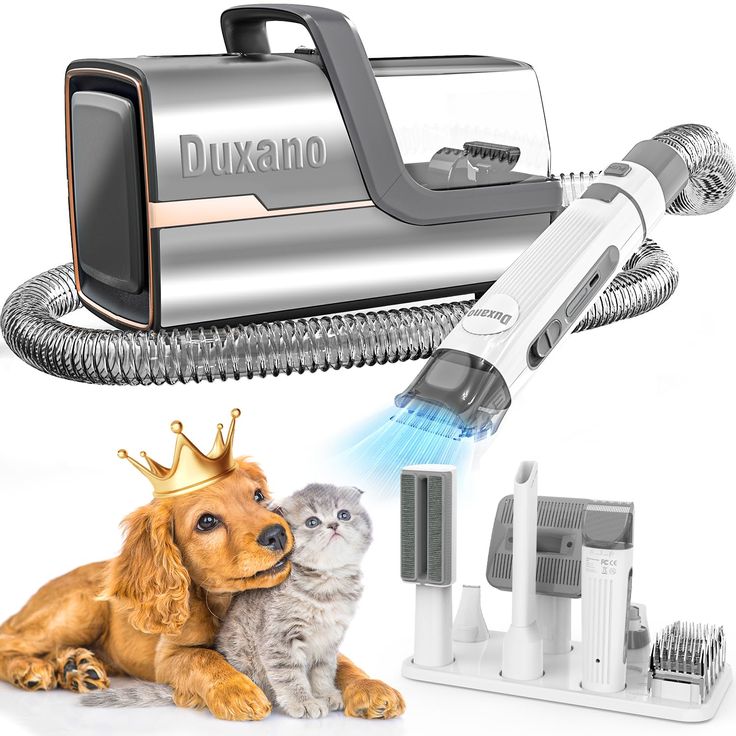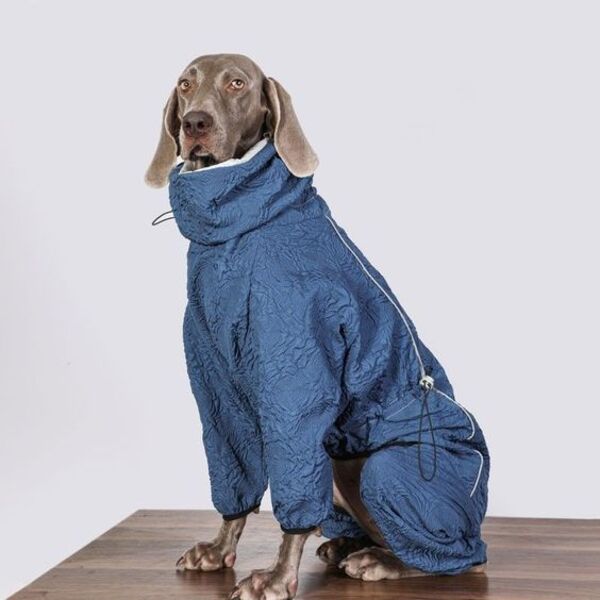When traveling with your dog, ensuring their comfort and safety is paramount. A high-quality travel kennel for dogs is crucial for providing a secure environment while on the road or flying. However, to fully achieve the comfort and security your pup needs, you must consider various factors before, during, and after travel. This article will explore essential tips to create a comfortable experience for your dog using a travel kennel, including kennel selection, preparation, and in-transit practices.
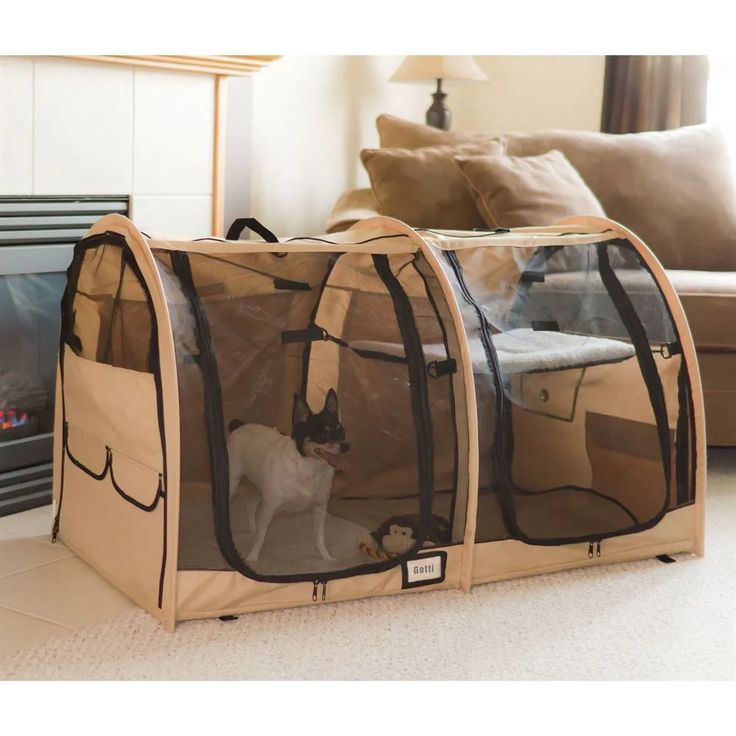
Choosing the Right Travel Kennel: Essential Features
Selecting the right travel kennel for dogs sets the stage for a comfortable journey. Travel kennels come in a variety of shapes, sizes, and materials. Begin by assessing your dog’s size and breed; choose a kennel that provides enough space for your dog to stand, turn around, and lie down comfortably. Smaller breeds may suffice with a compact crate, while larger dogs require more substantial designs. Always check the manufacturer’s sizing guidelines to ensure a proper fit.
Focus on the material of the kennel. Soft-sided kennels are lightweight and portable, perfect for easy transport. They often feature breathable mesh panels to provide ventilation and visibility, allowing your dog to enjoy the view. Hard-sided kennels offer durability and security, especially in airline travel, as they typically meet stricter regulations. Regardless of the choice, the kennel should have a secure locking mechanism to prevent accidental escapes.
Additionally, ensure that the kennel complies with any transportation regulations you may face, especially if flying. Airlines have specific requirements, often outlined through the International Air Transport Association (IATA). Understanding these guidelines before purchasing your travel kennel for dogs can save time and ensure compliance.
Preparing Your Dog for Travel: Training and Familiarization
Preparation is vital for ensuring your dog feels comfortable in their travel kennel. Start by familiarizing your dog with the kennel well before the trip. Introduce the kennel gradually, allowing your dog to explore it at their own pace. You might leave the kennel open in a common area of your home. This approach helps your dog see it as a safe haven rather than just a confinement tool.
Encourage exploration by using treats or toys to create positive associations. You want your dog to feel excited rather than anxious about their new space. Conduct short training sessions to acclimate your dog to spending time in the kennel. Start with brief periods and gradually increase the duration of these sessions. Reward your pup for good behavior during this time, which builds confidence and comfort.
Fostering a sense of security is essential, as you want your dog to view the kennel like their bed at home. Additionally, socialization plays a significant role for dogs that may not be used to crowds or different environments. Arrange playdates or outings that simulate the busy settings they might encounter during travel. This preparation reduces stress on travel day and ensures your dog remains relaxed amidst potential commotion.
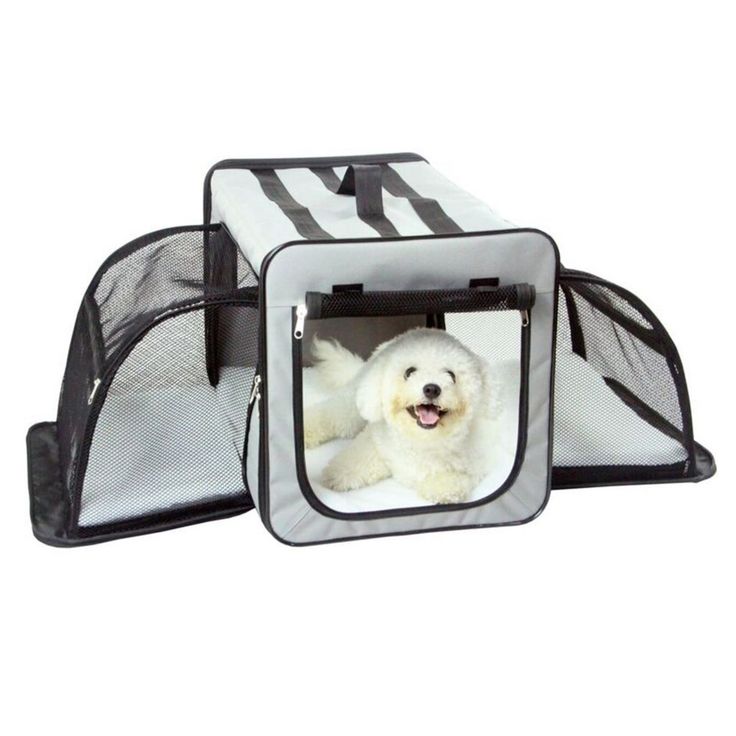
Packing Comfort Items: Enhancing the Kennel Experience
When preparing for your trip, packing comfort items for your dog’s travel kennel ensures familiarity and ease. Start by including your dog’s favorite blanket or bed. This item carries their scent and offers a sense of security during the journey. Opt for lightweight, washable options that can withstand travel conditions.
Additionally, bring along a few favorite toys. These items can keep your dog entertained during long waits or stressful moments. Chew toys, squeaky toys, or plush companions may alleviate anxiety, making the journey more bearable. However, avoid toys with small parts that can pose choking hazards, especially in enclosed spaces.
Consider utilizing calming aids to further enhance your dog’s comfort. Consult your veterinarian before travel to determine if calming sprays or supplements are suitable for your pup. Natural products, such as pheromone diffusers or calming collars, can also create a peaceful environment within the kennel. Employing these tactics may significantly affect your dog’s overall comfort and demeanor.
Managing Temperature and Ventilation: Keeping It Comfortable
Temperature control and ventilation are crucial elements that contribute to your dog’s comfort in a travel kennel for dogs. If driving, ensure your vehicle maintains a comfortable temperature during the journey. Avoid leaving your dog in a parked car, as temperatures can rise rapidly and become dangerous. If traveling by flight, choose a kennel design with elements that support adequate airflow.
For softer carriers, ensure that the mesh panels remain unobstructed to allow for adequate ventilation. Place the kennel in a shaded area during breaks to prevent overheating. Utilizing a portable fan may also help, especially during warm weather.
When preparing your dog for travel, monitor their behavior and adjust the kennel’s conditions accordingly. Ensure the kennel remains a comfortable space; if your dog shows signs of stress or discomfort, consider temporary changes. Keeping your dog hydrated is also essential. Bring along a travel water bowl that prevents spills and supplies your pup with fresh water during breaks.
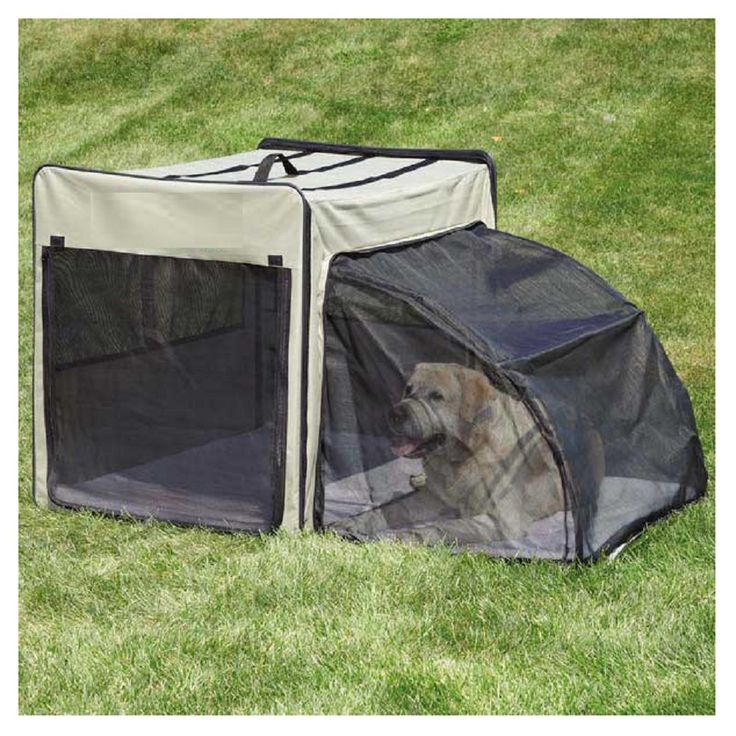
Nutrition and Feeding: Planned Meals for Travel Days
Another critical component of your dog’s comfort during travel involves their nutrition and feeding schedule. Adjust your dog’s mealtime in advance of the trip to prevent any digestive issues. It’s best to feed your dog a light meal a few hours before departure. A lighter meal can offset travel-related anxiety, minimizing the risk of nausea.
Pack your dog’s regular food to maintain consistency and prevent gastrointestinal distress. Bring a portable, spill-proof bowl for quick and easy feeding during breaks. You may also wish to pre-portion meals into travel bags, which simplifies feeding on the go. Carrying a scoop or measuring cup can help you maintain portion control during travel.
Avoid feeding your dog right before hitting the road or boarding a flight. This reduces the risk of motion sickness and allows your dog time to settle after eating. If your dog is prone to anxiety or upset stomach, consult your veterinarian for additional strategies or food recommendations to suit their needs during travel.
In-Transit Activities: Keeping Your Dog Engaged
Keeping your dog engaged during travel helps alleviate boredom and anxiety. While it’s essential to maintain a calm environment, interactive toys or chew items can work wonders. Look for toys that can keep your dog occupied without creating excessive noise or disruption.
Take planned breaks during road trips to allow your dog to stretch their legs, relieve themselves, and explore their surroundings. During these stops, consider introducing a short training session or a game of fetch to reinforce positive behavior and create excitement. Physical activity during breaks helps reduce pent-up energy, enhancing overall comfort.
If flying, make sure to include enriching toys or treats they can work on while contained in their travel kennel. Interactive puzzle toys stimulate your dog’s mind, diverting their attention from the unfamiliar environment surrounding them.
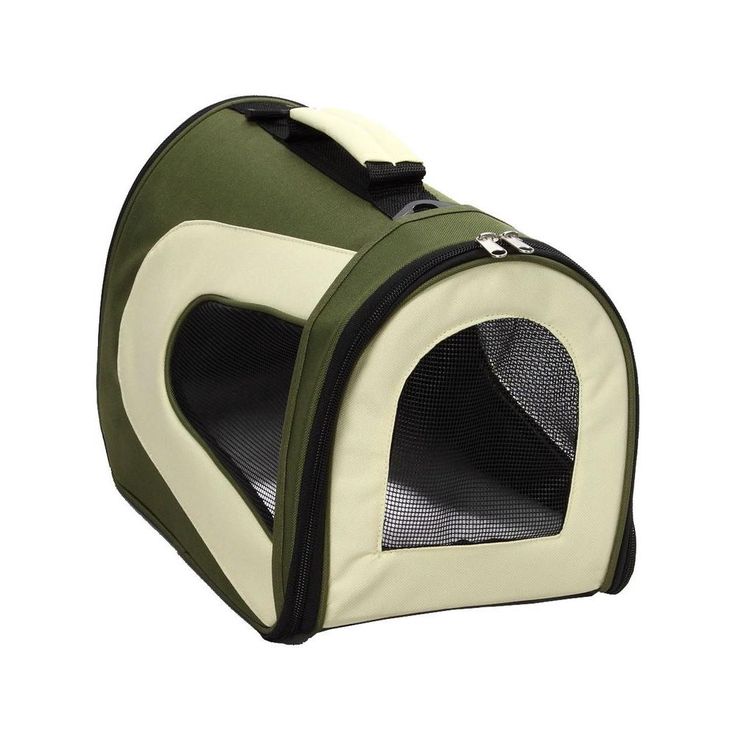
Post-Travel Care: Settling Back into Routine
After your trip, take the time to focus on your dog’s post-travel comfort and care. Once home, establish a calming environment to help your pup readjust and relax. Return their beds, blankets, and toys to familiar spots to restore their sense of belonging.
Regular exercise post-travel can help burn off any lingering pent-up energy and improve their mood. Gradually reintroduce your dog to their normal routine, including playtime, walks, and meal schedules. Some dogs may experience mild anxiety or confusion upon returning home, so observe their behavior closely.
Additionally, clean the travel kennel for dogs thoroughly for future use. Remove any hair, dirt, or remaining odor to ensure it remains a comfortable environment for your dog in the future. Maintaining cleanliness will also help manage any potential allergies or reactions.
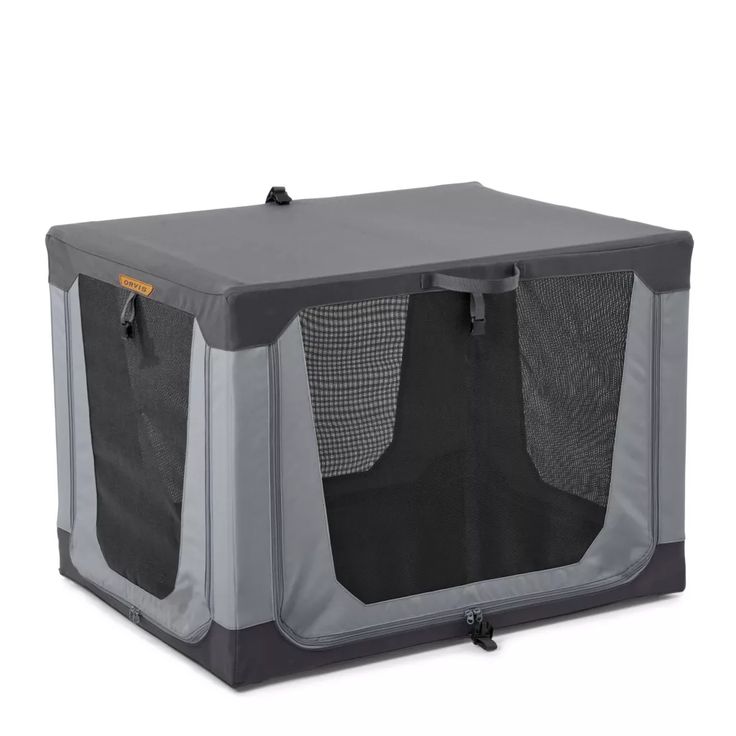
Conclusion: Traveling Comfortably with Your Canine Companion
Traveling with your dog can be a rewarding experience when you prioritize their comfort and safety. A suitable travel kennel for dogs provides a secure environment, while proper preparation, comfort items, and in-transit activities enhance your pup’s experience.
By carefully selecting the right kennel and familiarizing your dog with it, you set the foundation for stress-free travels. This benefits not only your dog but also allows you to enjoy the journey as a cohesive unit. Always remember to monitor your dog during travel, keeping their needs in mind to foster a peaceful atmosphere.
Through attention to detail and compassion, you ensure your canine companion enjoys every adventure, creating memories that last a lifetime. Tailoring travel experiences to your dog’s comfort needs fosters a deeper bond, encourages trust, and invites countless more journeys together. So pack your bags, grab the travel kennel, and embark on your next adventure with confidence, knowing your pup is comfortable and happy every step of the way!
